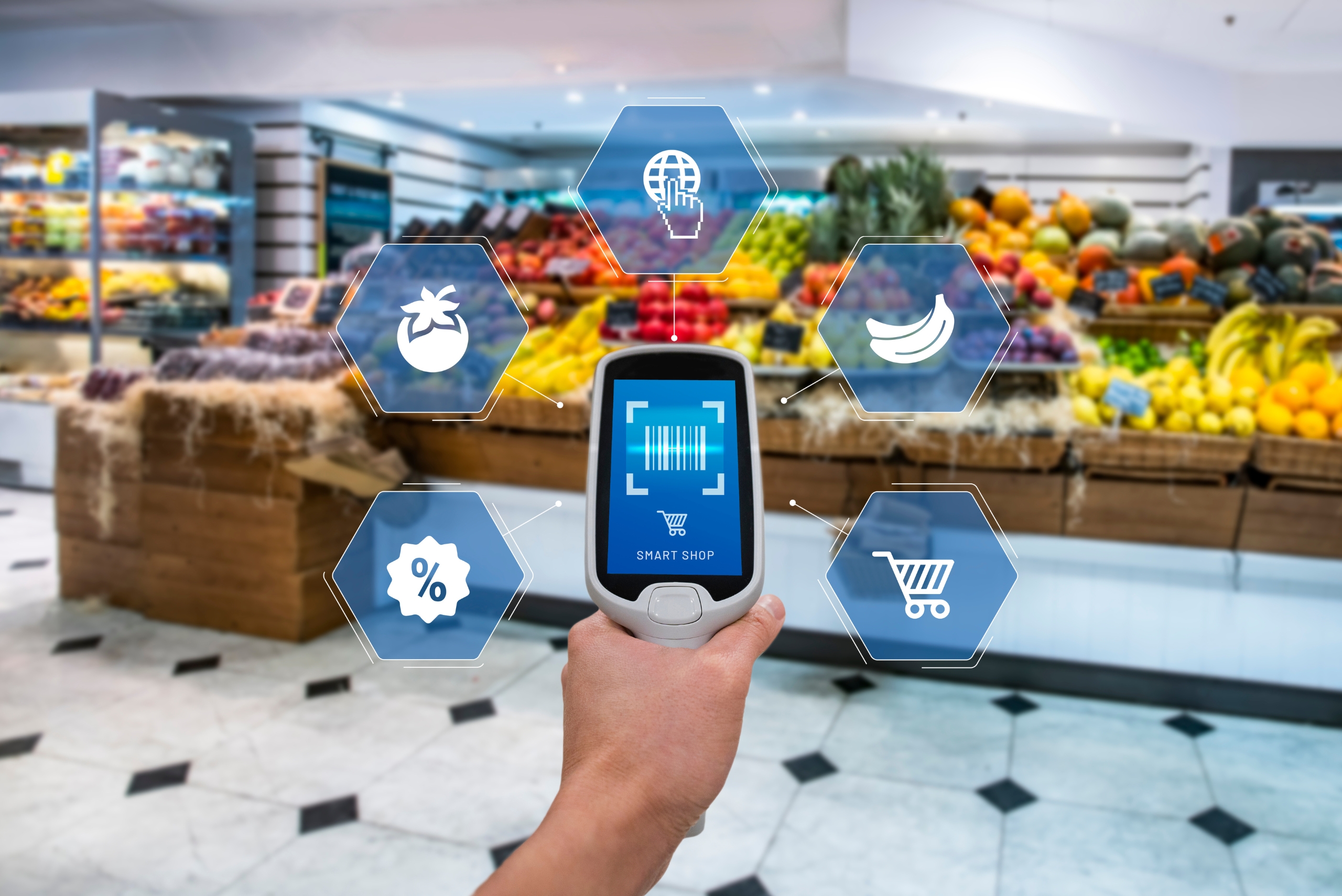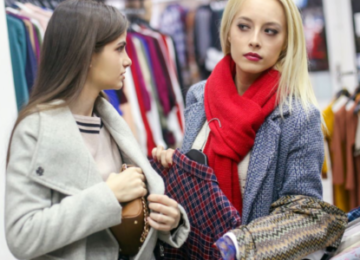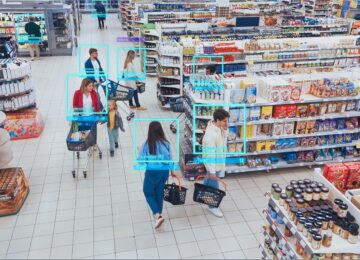How do autonomous supermarkets work?

Several brands in the mass retail sector have already introduced and tested the cashless payment system, especially since the pandemic period. These include Amazon, Auchan and Aldi. But how exactly does it work?
Autonomous supermarkets: key principles
Autonomous supermarkets allow customers to shop without going through traditional checkouts. These stores leverage advanced technology to provide benefits for both customers and retailers. Shoppers avoid long lines, saving time, while businesses enjoy advantages like:
- Enhancing customer experience with seamless shopping;
- Reducing labor and checkout costs;
- Minimizing losses from shoplifting, theft from self-service checkouts or theft by employees;
- Monitoring inventory in real time;
- Analyzing sales data to refine strategies.
While fully autonomous supermarkets are the most advanced, semi-autonomous options also exist, such as:
- Self-checkout kiosks for small purchases.
- Mobile app scanning, where customers scan items as they shop.
- Smart carts, equipped with scanners, cameras, scales, and display screens, like the Knap system used by E. Leclerc.
It's worth noting that "autonomous" doesn’t mean completely staff-free; employees are still needed for stock management, equipment operation, security, and customer assistance.
Cameras in autonomous supermarkets
Cameras play a central role in autonomous supermarkets, capturing a full view of the store to track customers and identify selected products. These cameras may be:
- Ceiling-mounted, shelf-integrated, or rail-mounted.
- Fixed or mobile, depending on the system.
For instance, Amazon’s stores use many cameras in smaller spaces, while others use fewer for larger stores. These systems, powered by artificial intelligence, can:
- Recognize items and gestures like placing products in a bag or returning them to shelves.
- Create a virtual basket for each shopper.
Importantly, these systems avoid facial recognition or collecting biometric data, adhering to privacy regulations.
Sensors in autonomous stores
Sensors complement cameras to refine purchase tracking:
- Shelf scales detect when items are removed, enhancing product identification.
- RFID tags (Radio Frequency Identification) enable automatic item recognition. These tags, equipped with chips and antennas, are scanned at store exits. Once scanned, the store's system registers the item as purchased, deactivating the tag.
Payment systems
Payment in autonomous stores is designed to be seamless, with options varying by retailer. Some require an app, while others rely solely on credit cards:
- App-based systems: Shoppers download the app, register an account, and link their credit card. Purchases are validated as customers exit, and receipts are sent to the app.
- Card-only systems: Some stores, like Aldi Shop1Go in the UK and Netherlands, allow payments directly via card, with no app required.
Though still limited in number, autonomous supermarkets offer clear benefits for both customers and businesses:
- Cutting-edge technology (cameras, sensors, AI) simplifies shopping.
- Systems can integrate with existing tools like online order management, enabling real-time inventory updates to prevent out-of-stock issues.
- They can also link to video surveillance systems. For instance, software like Veesion uses gesture recognition to detect potential theft, notifying store staff in real time.
If you’d like to explore how our solution can help your business, contact us to discuss your needs!
The most popular
Related news
Discover what Veesion can do for you. Do you have one or more stores?
Our team will contact you within 48 hours





